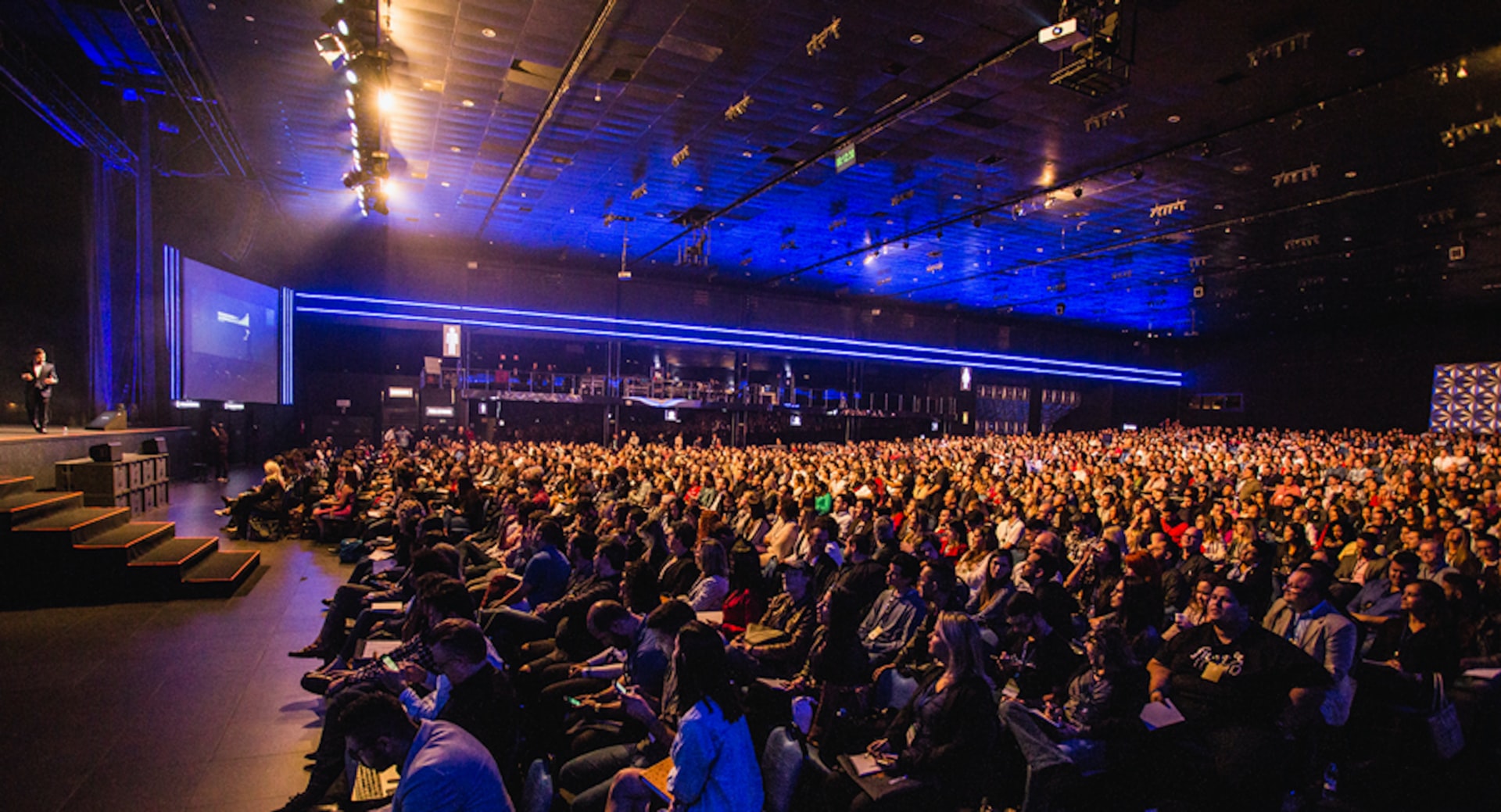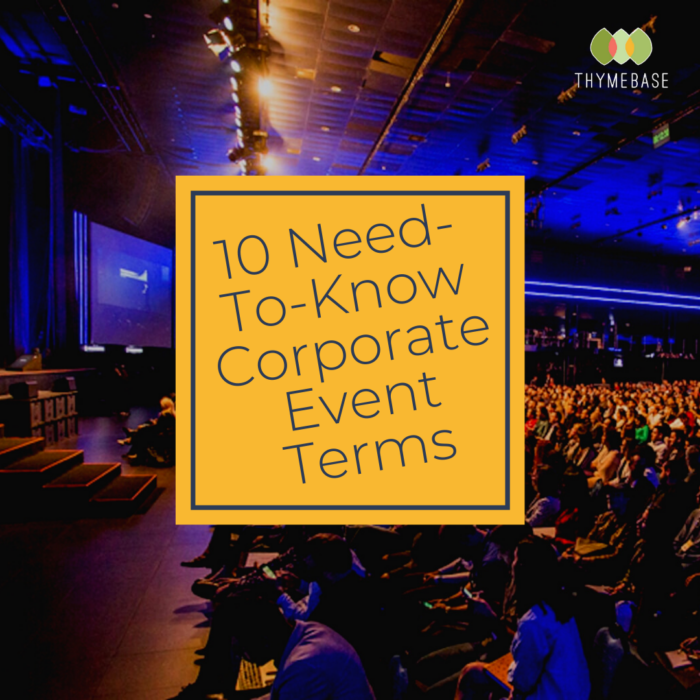Here are 10 corporate event terms that you need to know if you plan to win over corporate clients.
Corporate events are the bread and butter of the event industry. These high-paying clients promise professionalism and repeat business, not to mention a good payday. But they speak their own lingo.

1. Board Members
We’ll begin with some easy corporate event terms. If working with a corporation, you can bet they have board members or a board of directors. This is the group of people elected to represent shareholders (more on them next) and support management. They make big decisions, like where the company is going. As an event planner, you may never meet them. However, be aware of who is on the board so you can be clear about what the company stands for. This may affect event decisions.
2. Shareholders vs. Stakeholders
It seems people use these interchangeably, but don’t fall into that trap. Shareholders are, in fact, those that own shares of a company. If you own stock in a public company, you’re a shareholder. Stakeholders, on the other hand, are those impacted by the company. Stakeholders can be employees, customers, government, communities, investors, or suppliers. Your corporate event will affect stakeholders, no doubt about it, so be sure to consider stakeholders when planning, or pitching, your event.
3. Force Majeure Clause
You may have heard this word buzzing around due to 2020’s pandemic. A force majeure clause is a part of most venue contracts. It exempts the venue from liability should something happen out of their control, cough, COVID-19. Things that could spark a force majeure clause are natural disasters or other “Acts of God.” When signing a contract, just be sure that this clause favors both sides and doesn’t place liability on only one party!
4. Comp Rooms
If your corporate event is working with a hotel, sometimes the hotel may give you some comp rooms, short for complimentary rooms, or room nights. These free rooms are a great add-in to consider when negotiating a hotel contract. You can compare their value over the rack rate or the standard (and often highest) rate.
5. Skirting
No, we’re not referring to the corporate dress code. Skirting is the term used to describe the fabric that surrounds tables and stages. This affixed fabric is used to hide chords, storage, and the unsightly metal legs of risers. If you’re planning a multimedia presentation, you’ll likely need skirting to hide AV.
Read More: 20 Common Live Event Audio Issues And How To Solve Them Fast
6. Attrition Rate
This is a valuable metric to measure in corporate events, especially if you handle them year over year. The attrition rate is the rate at which an event decreased due to no shows (those that signed up and didn’t come). It’s determined by the number of no shows divided by the number of those registered. Attrition rates also apply to room blocks at hotels. Be sure to define the rate in your negotiation, so if only 80% of your attendees come, you’re not held liable for those rooms.
7. Breakouts
Common to corporate events, breakouts are small gatherings designated to let smaller groups interact apart from the larger conference. Breakout rooms are essential to consider when scoping a new venue should the event be planning breakout sessions.
Breakout sessions usually refer to small panels, workshops, or presentations that don’t appeal to the average event attendee since they typically focus on highly specific, niche topics. Multiple breakouts can take place at the same time.
8. Call Times
If you have speakers, be sure to clearly define your call time. This is the time that moderators, performers, panelists, presenters, aka anyone going on stage, are required to show up. Call times are usually 15-30 minutes before their stage time, so they can be mic’d up and prepped for the spotlight.
Of course, we recommend sharing an event timeline with your speakers and include the call times.
9. Carpet Top
Pretty straightforward, the corporate event term, carpet top, refers to a stage topped in carpeting. It’s a common choice for corporate events because it minimizes onstage noise and clatter. However, a full carpet top can look outdated, so some resort to an acrylic top but place a decorative rug under onstage chairs and tables to achieve the dampening effect.
10. Confidentiality Agreement
You’re likely to cross one of these if working with larger corporations. Confidentiality agreements are simply documents signed when one party provides confidential information to another.
The general expectation is that whatever information is exchanged is in secret and can only be used for the declared purpose. For example, suppose you’re planning a launch party. In that case, the company may enforce a confidentiality agreement, so you do not leak any information before the unveiling.
Corporate events may lack the emotion of weddings or the morale of sustainable events. However, they can be a lucrative client for any event planner. Stay professional and use these corporate event terms to lock in some new corporate clients.
Amanda Larson, CED, is a Certified Event Designer, marketer, and content creator. With a degree in journalism and special events management, Amanda has worked in marketing and events for both international startups and Fortune500 companies. She specializes in digital branding, copywriting, and graphic design freelancing for clients globally.
You can read other articles by Amanda here:


Pingback: The Top 5 Wedding Industry Trendsetters - ThymeBase Blog : ThymeBase Blog
Pingback: The Top 5 Events That Set Corporate Trends - ThymeBase Blog : ThymeBase Blog